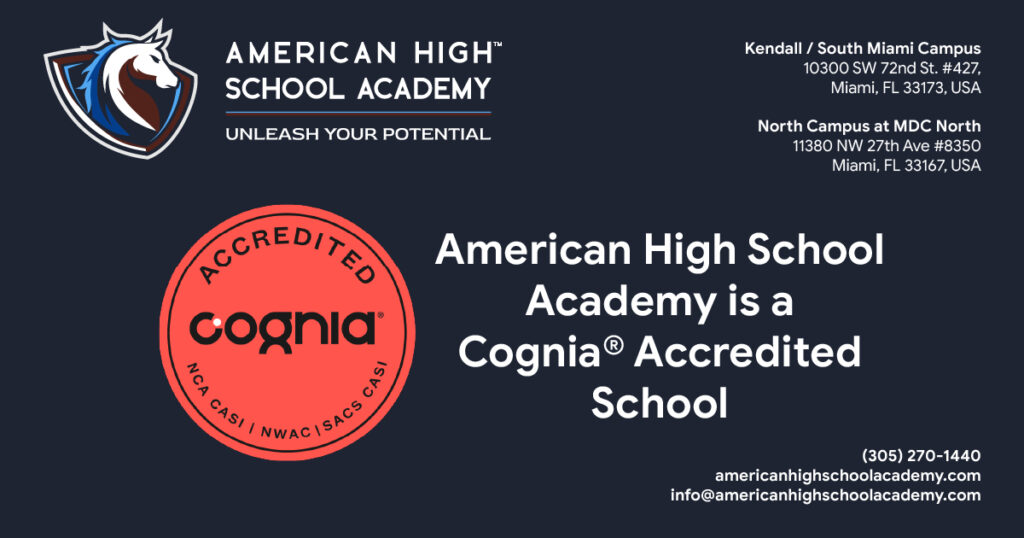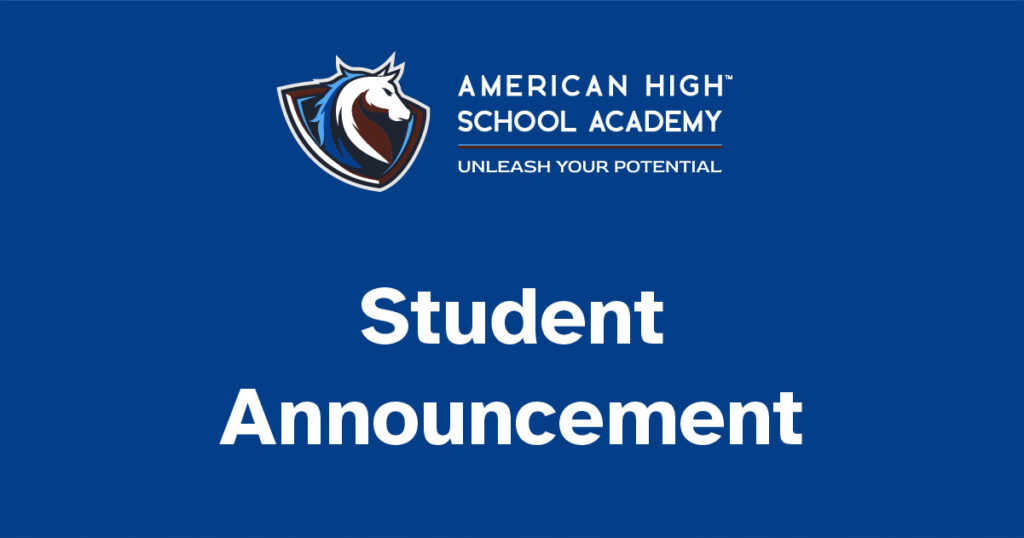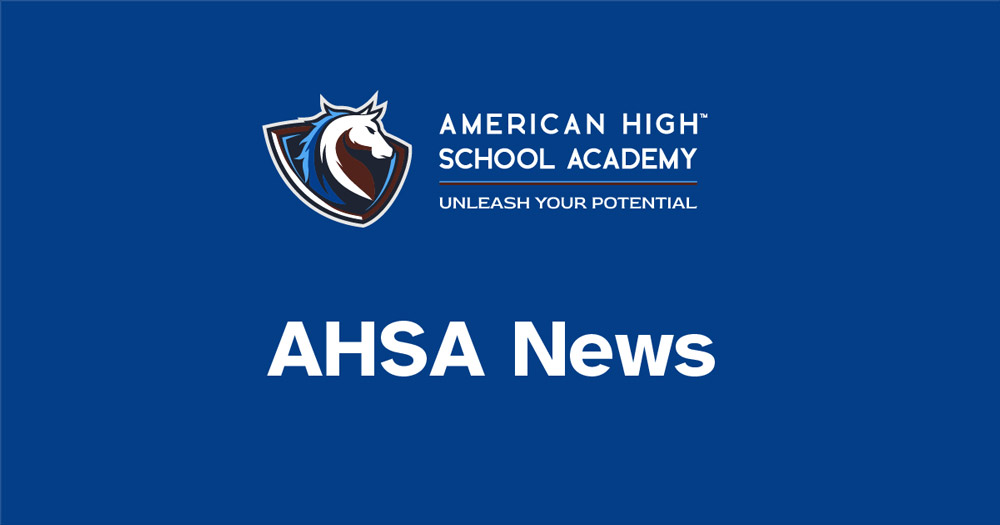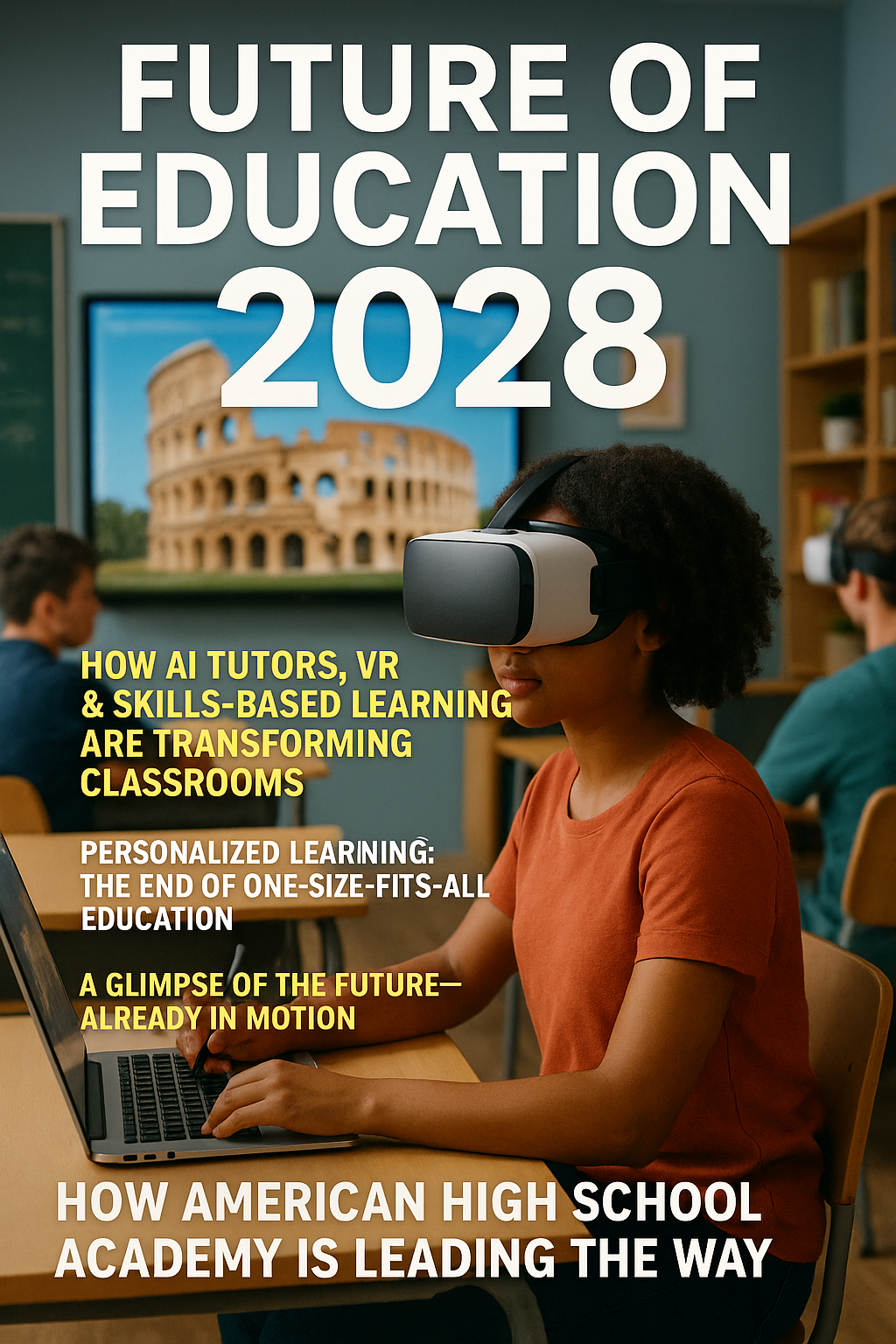
Future of Education 2028: What Classrooms Will Look Like and How American High School Academy Is Leading the Way
The Future of Education: 2028 Is Closer Than You Think
The future of education is no longer a distant dream. It’s arriving faster than most expect—and it’s bringing with it a radical transformation in how students learn, how teachers teach, and how schools operate. Imagine a high school where AI tutors adjust lessons in real time, where students walk through the pyramids in virtual reality, and where graduating means leaving with both a diploma and real-world skills. By 2028, this vision will be the new normal—and some schools are already paving the way.
1. Personalized Learning: The End of One-Size-Fits-All Education
By 2028, personalized learning will be at the core of every classroom. Thanks to rapid advancements in AI, education will no longer be limited by rigid pacing guides or uniform instruction. Instead, each student will have a learning experience customized to their needs, strengths, and pace.
AI-powered tools will track progress, diagnose learning gaps, and adapt instruction in real time. If a student struggles with algebra but excels in writing, the system will prioritize targeted math support while challenging their creativity. This ensures no student is left behind—and that every learner is empowered to thrive.
Many forward-looking schools are already piloting this model. American High School Academy, for example, incorporates AI-assisted instruction to support students in both their academic and career pathways, ensuring learning is personalized, flexible, and highly effective.
2. VR and AR: Making Learning an Experience
In 2028, textbooks will no longer be the primary source of learning. Virtual reality (VR) and augmented reality (AR) will transform education into a series of immersive experiences.
Imagine stepping into a virtual Roman Colosseum during history class, conducting a simulated chemistry experiment in a virtual lab, or practicing language skills with a holographic conversation partner. These tools allow students to experience learning, which significantly boosts retention and engagement.
With the cost of VR hardware dropping and more educational content becoming available, expect this tech to be mainstream within the next few years. Schools that adopt it early—like American High School Academy—are showing how even modest VR integrations can dramatically improve student engagement.
3. Skills Over Diplomas: Real-World Preparation Begins in High School
The job market of 2028 will be centered on skills. Employers like Google, Tesla, and Amazon already prioritize demonstrated competencies over traditional degrees—and high schools are adapting accordingly.
The future of education will prioritize micro-credentials, certificates, and hands-on learning over standardized test scores. Students will graduate with portfolios showcasing projects in coding, cybersecurity, drone technology, entrepreneurship, and even AI prompt engineering. These aren’t just enrichment programs—they’re becoming core to the curriculum.
Institutions like American High School Academy are ahead of this curve. Through career and technical education pathways, students can graduate with FAA drone certifications, AI literacy training, and college credits and more—all before they even step foot on a university campus.
4. Equity and Access: The Biggest Challenge Ahead
As exciting as this future sounds, it’s not without challenges. The greatest hurdle in 2028 will be ensuring equity in access. Not all schools have the funding to deploy VR labs or AI-driven systems. Left unchecked, this could widen the achievement gap.
The future of education must be inclusive. Success will depend on public-private partnerships, nonprofit support, and policy reform that ensures underserved communities aren’t left behind. Schools that innovate while staying rooted in accessibility—like American High School Academy—prove that cutting-edge doesn’t have to mean exclusive.
Their model combines advanced tech with flexible, student-focused programming. Whether learning online, on campus, or through hybrid models, students are given the tools and support they need to succeed—regardless of their background.
5. The Future Isn’t Coming—It’s Here
By 2028, classrooms will be immersive, personalized, and skills-driven. Students will learn in real-time, explore virtually, and leave school with credentials that matter. Teachers will act as facilitators, mentors, and creators of dynamic learning environments.
Schools like American High School Academy are not waiting for this future—they’re building it. With a strong foundation in digital literacy, STEM education, and career-ready credentials, AHSA is proving that the best way to predict the future is to create it.
What Can You Do Today?
If you’re a parent, educator, or student wondering how to get ahead, start by exploring schools already preparing for the classroom of 2028. Look for programs that embrace innovation, offer hands-on learning, and prioritize personalization—like American High School Academy.
The future of education is already unfolding. The only question is: will you be part of it—or play catch-up?
Call 305-270-1440
Kendall / South Miami Campus
10300 SW 72nd St. #427,
Miami, FL 33173, USA
Hialeah / North Miami Campus
11380 NW 27th Ave #8350
Miami, FL 33167, USA
Scholarships Accepted: Step- Up, AAA
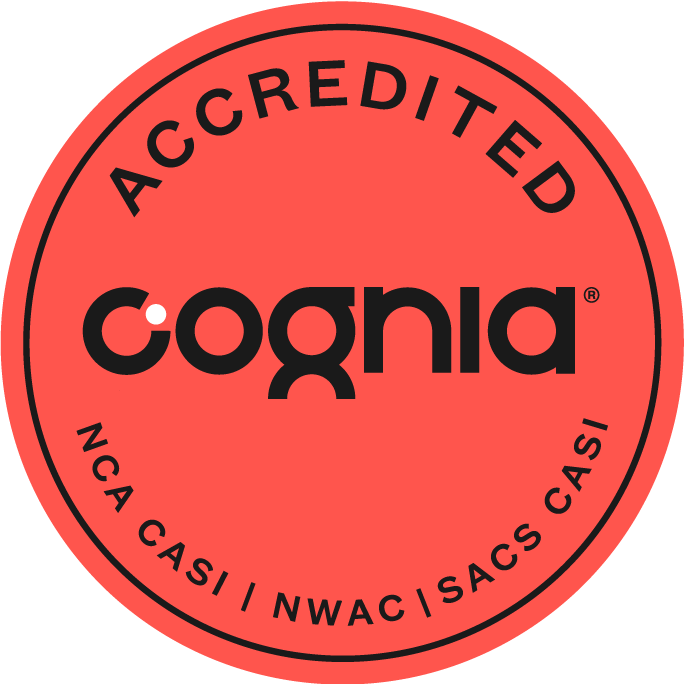
Admissions or Program Questions?
We're Here to Help!

Most students are referred to American High School Academy by their home school district. However, students and family members can contact us directly to learn more or to enroll in our programs.
Contact us Monday - Friday from 9:00 am - 5:00 pm and Saturday 9:00 am to Noon or use our online form to request an appointment to speak with an Admissions Advisor.
